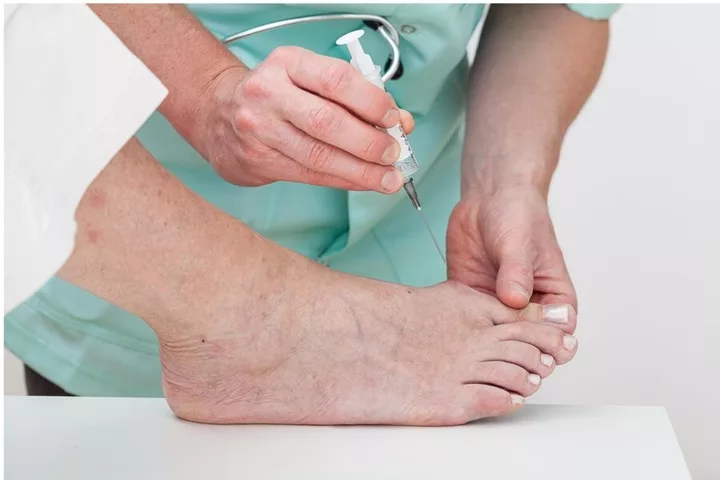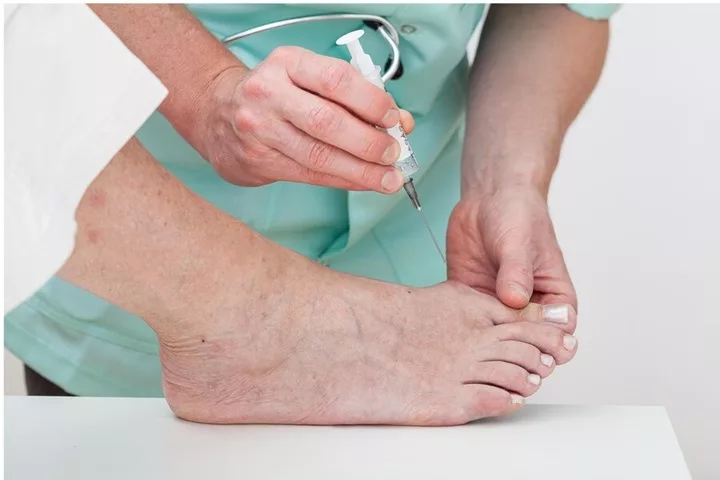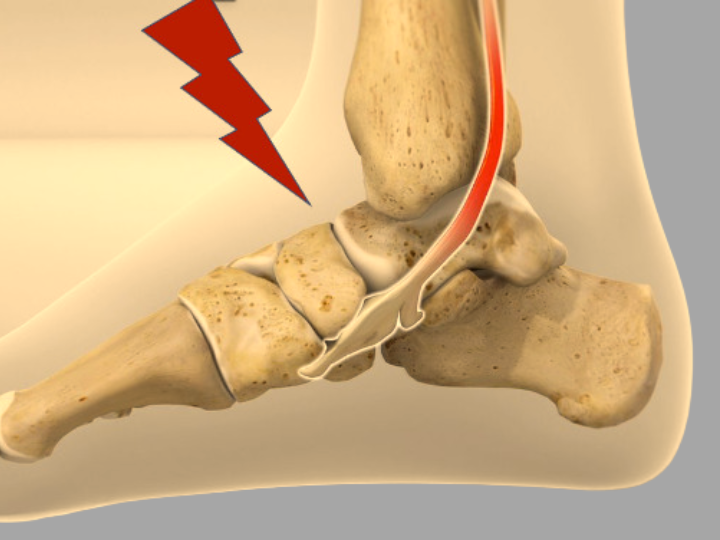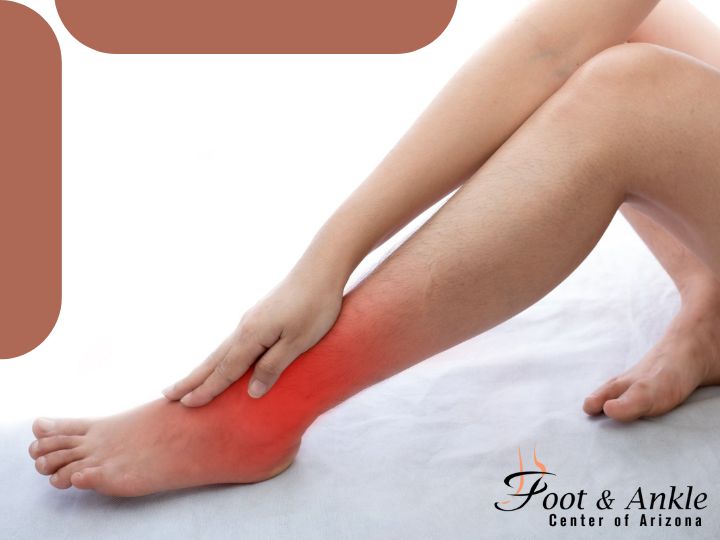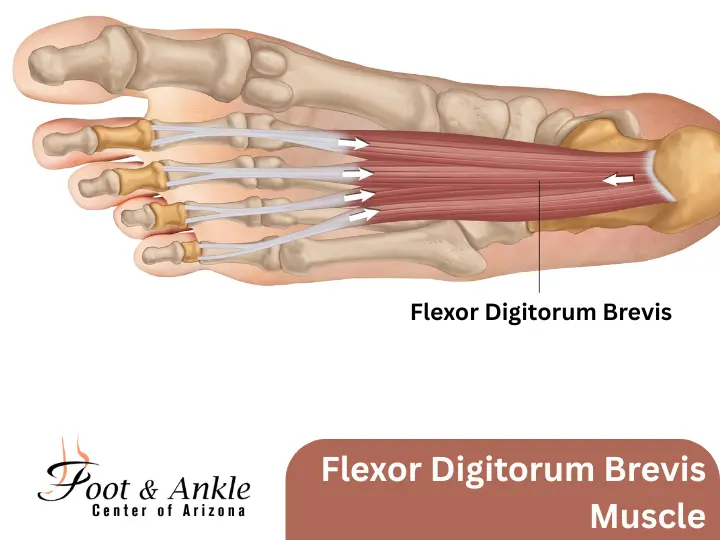Understanding the Role of Sesamoids in Foot Function
To fully grasp sesamoid injuries, it’s essential to know what sesamoids are. These are bones that are enveloped within tendons and are prevalent in multiple joints throughout the body. In a typical foot, there are two sesamoid bones, resembling peas in shape, situated in the foot’s ball, specifically under the big toe joint.
The sesamoids function as a lever, aiding tendon movement and thus facilitating the big toe’s normal movement. They provide the push-off force needed during walking, running, or jumping and also act as a weight-bearing area for the first metatarsal bone, mitigating the pressure on the foot’s ball with every step taken.
Sesamoid injuries may involve the bones themselves, the tendons, or the surrounding tissues, and can be attributed to heightened pressure on the ball of the foot, like in running, basketball, and ballet. High arches or frequent wearing of high heels can also be factors contributing to sesamoid issues.
Distinguishing the Types of Sesamoid Injuries
These injuries come in various forms:
- Turf Toe: This soft tissue injury around the big toe joint can happen when the toe is excessively extended. Symptoms include sharp pain and swelling, with potential damage to the sesamoid or a fracture.
- Fracture: These breaks can be acute (resulting from a direct hit) or chronic (stress fractures due to repetitive stress). Acute fractures cause immediate pain at the fracture site, while chronic fractures result in prolonged ball-of-foot pain that intensifies with activity and eases up during rest.
- Sesamoiditis: Chronic inflammation of the sesamoids and their related tendons comes from excessive pressure, leading to persistent dull pain beneath the big toe joint that varies with shoe type or activity.
Diagnosing Sesamoid Injuries
Diagnosis begins with a physical examination of the foot, focusing on the big toe joint’s range of motion, the patient’s gait, and shoe wear patterns. X-rays or advanced imaging studies may follow.
Approaches to Nonsurgical Treatment
Nonsurgical options may include:
- Padding or Taping: To reduce stress in the inflamed sesamoid area.
- Immobilization: Casting or using a removable walking cast, sometimes with crutches, to avoid weight-bearing.
- Medications: NSAIDs such as ibuprofen can lower pain and inflammation.
- Physical Therapy: Post-immobilization therapy may involve exercises and ultrasound therapy.
- Steroid Injections: For reducing inflammation directly in the joint.
- Orthotic Devices: Custom-fit to the shoe to help distribute pressure evenly on the foot.
Determining the Need for Surgical Intervention
Surgery might come into play when nonsurgical methods don’t yield desired results. The type of surgery will hinge on the specific patient’s condition and needs.
In rewriting this article, we have preserved the essence of the original information, providing a comprehensive understanding of sesamoid injuries, including their types, diagnosis, treatment, and the circumstances under which surgery may be necessary.
